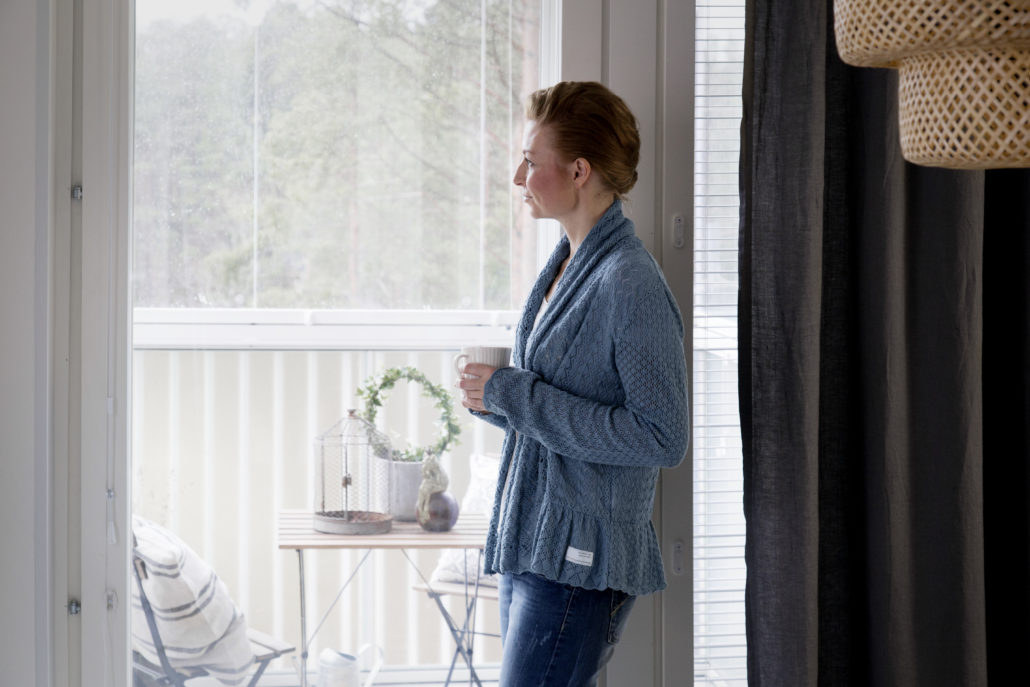Urbanisation is a growing trend both in Finland and internationally. Cities are significant hubs of innovation, accounting for more than 90% of innovation and some 85% of GDP. The other side of the coin is that cities also generate 70–80% of emissions. The energy consumption of buildings and traffic represents a significant share of emissions.

While urbanisation is set to continue as a megatrend, there are also other trends and changes taking place within cities. Some families with children continue to value more spacious living and therefore move further away from city centres. At the same time, however, the number of families with children living in more densely populated urban areas has also grown. Such families do not necessarily have a car in daily use, or they only use a car infrequently. The proportion of young people who have a driving licence has also decreased. Owning a car is not as important today as it was only a few decades ago.
New modes of transport, such as Mobility-as-a-Service and carsharing, will change traffic in cities. At the same time, electric and hybrid cars are on the way. In addition to developing low-emission cars, it is important to develop mobility as a service; time wasted in a traffic jam consisting of electric cars is still wasted time. Robotisation will also play a role in these developments. An emission-free driverless car can access the user’s calendar to know when its use is required, and only arrive at the location when needed. This will increase the vehicle’s utilisation rate and reduce the need for parking places. Of course, the user also has the benefit of being able to read the morning paper instead of having to drive the vehicle he or she is in.
Buildings account for some 30% of Finland’s end consumption of energy, which makes it important to pay close attention to how we construct the buildings of the future and renovate existing ones. Improving the energy efficiency of buildings is also the most cost-efficient way to reduce emissions. The improvement of energy efficiency has been the subject of a large number of studies and pilot projects. Fairly ordinary solutions can achieve a reduction of 30–50% in energy consumption. While total annual energy consumption is still an important indicator, it is no longer the only one to keep an eye on. As our energy infrastructure begins to include more variable energy production, such as wind and solar power, we must increasingly focus on when we consume energy, not just the total amount consumed.
Some of us are eager to monitor our household energy consumption and energy prices in real time, but most people focus on their daily life and have little time to think about other things. Nor should they, because we have smart energy systems and smart building automation that can discretely optimise our energy consumption and its timing in order to minimise emissions without the user even noticing it. Lights can be switched on and off automatically, indoor temperature can be adjusted to the optimal level, and systems can even ensure that a stove, for example, is not switched on if, say, someone has left a newspaper too close to it. What this means is that intelligent systems are not only environmentally friendly, but they also increase safety and comfort. Intelligent systems also mean that we do not need to learn how to use countless new gizmos and gadgets. Instead, the technology works fine on its own, always taking the user’s preferences into account.
Comfortable residential environments are also an important aspect of the big picture. Green urban areas and their appropriate use are often included in the consideration of intelligent systems. A dense urban structure and keeping the urban environment green are not conflicting goals if they are planned together. Increased density must also be incorporated into our culture. What is considered spacious in Asia feels confined to us. Urban green areas provide not only refreshment, but they also have a local impact on air quality.
Intelligent and climate-friendly housing starts from getting the small things right. Intelligence is luxury and efficiency in daily life, giving us more time to spend with the people we value most.
Miimu Airaksinen
Research Professor, VTT Technical Research Centre of Finland
Under the Lumo and VVO brands, VVO Group Plc offers versatile and effortless rental solutions coupled with an extensive range of housing services for different life situations. VVO Group aims to invest heavily in increasing housing supply in the next three years by developing new properties and buying existing properties.
We invite you to learn more about the views of housing industry professionals regarding current phenomena in housing, as well as good housing and what it is like to work in these areas. The blog provides a communication platform for VVO Group experts and employees, as well as our tenants and cooperation partners.
The writer
Miimu Airaksinen is a Research Professor at VTT Technical Research Centre of Finland.